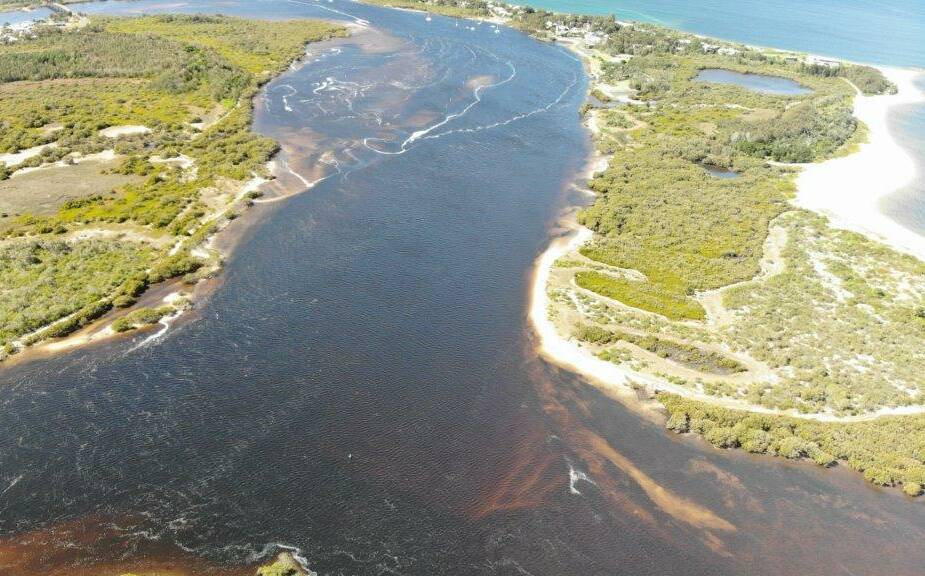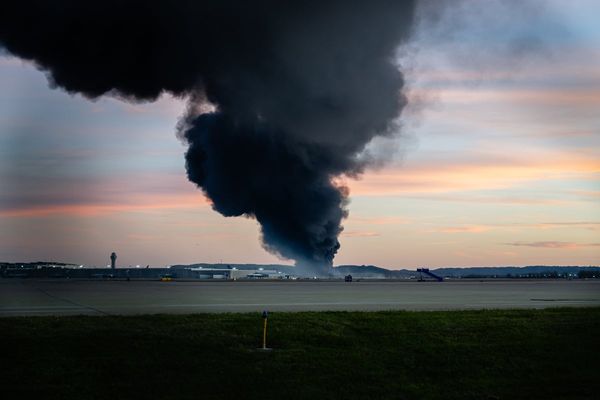
The entrance to one of the state's top tourist destinations, the Myall Lakes, is at risk of collapsing due to a lack of maintenance.
Locals fear the gradual sedimentation of the natural entrance to the Myall River at Tea Gardens is responsible for a decline in water quality in the lower estuary.
A blue-green algae bloom has plagued the lakes system in recent months. Meanwhile there are reports that red spot disease, caused by low salinity, has again reared its ugly head.
Myall River Action Group spokesman Gordon Grainger said the area's once diverse array of marine life had also disappeared.
"Once prolific species such as butterfish, leather jacket, gar and even poddy mullet and the lowly toad fish are no longer present," he said.
Elsewhere locals point to sickly and dying mangroves around Hawks Nest as another sign of the estuary's poor health.
The natural channel was dredged in 2015 and again in 2019.
While the dredging resulted in an improvement in water quality, it didn't take long before sand started building up again at the river mouth.
Locals are lobbying to have the river dredged every three years.
In addition to more frequent dredging, locals are lobbying for the return of Myall Point - an historic sand spit that used to run out into Port Stephens and protect the river' entrance.
The spit was swept away in 1929 but there is recent evidence that it is rebuilding.
"The next dredging program should incorporate this return to its natural state and the numerous agencies should accept this change without the expense of consultancies," Mr Grainger said.
"The original Myall Point would provide a more permanent access for commercial and rec vessels - remember, the popular ferry service can save 40 minutes on a round trip to Nelson Bay and Tea Gardens with associated fuel savings."
It is widely agreed that a key part of the problem is sand sweeping back into the Myall River from Jimmys Beach. Ironically, the sand used to replenish the erosion hotspot, via a sand transfer system, is sourced from a stockpile of sand dredged from the river.







